10 Best Herbal Essential Oils For Fungal Infection
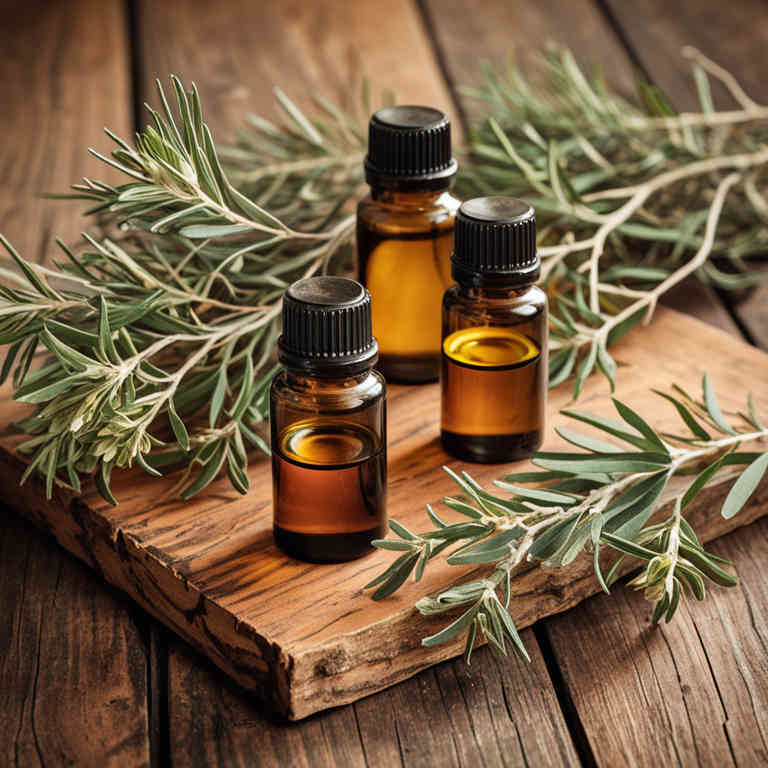
Herbal essential oils have gained attention for their potential in treating fungal infections due to their antimicrobial and antifungal properties.
Oils such as tea tree, oregano, lavender, and garlic are commonly used because they contain compounds like terpenes and phenols that inhibit fungal growth. These essential oils can be applied topically, diluted with a carrier oil, to target localized infections such as athlete's foot or ringworm. While they may offer a natural alternative to conventional treatments, their effectiveness can vary, and it is important to consult a healthcare professional before use.
Research continues to explore the mechanisms and safety of these oils in managing various fungal conditions.
FREE Herb Drying Checklist
How to make sure every batch retains maximum flavor, color, and aroma without the risk of mold or over-drying. Eliminate guesswork and trial-and-error, making herb drying faster, easier, and more efficient every time.
Table of Contents
1. Eucalyptus globulus
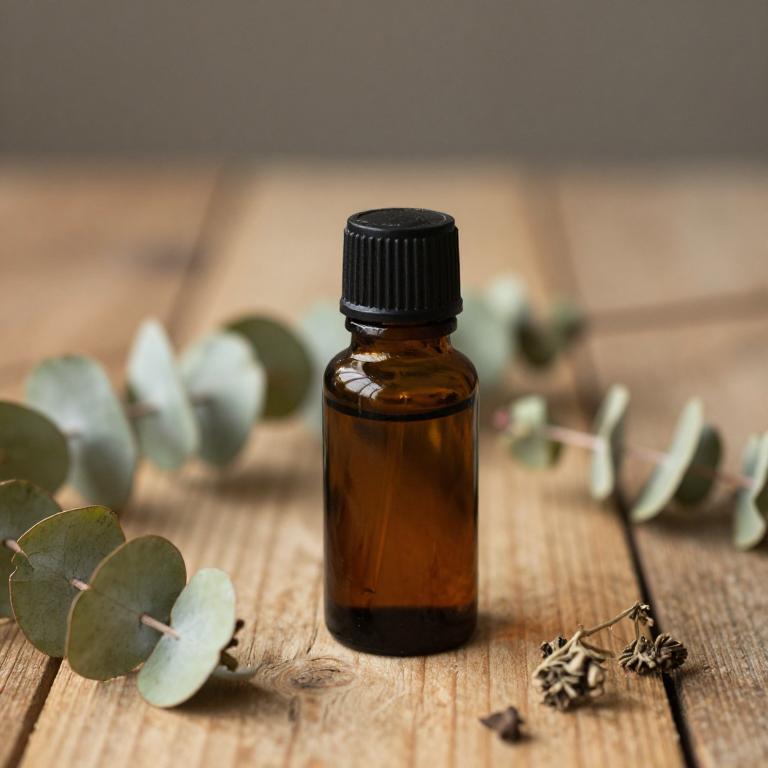
Eucalyptus globulus, commonly known as the Australian eucalyptus, is a widely used plant in aromatherapy and natural medicine, particularly for its essential oil, which contains potent antimicrobial properties.
The essential oil of Eucalyptus globulus has been shown to exhibit significant antifungal activity against various fungal pathogens, including Candida, Aspergillus, and Trichophyton species. Its active compounds, such as cineole and terpinen-4-ol, contribute to its ability to disrupt fungal cell membranes and inhibit their growth. When used topically, eucalyptus globulus essential oil can help alleviate symptoms of fungal infections like athlete's foot and ringworm.
However, it is important to dilute the oil properly before application to avoid skin irritation and to consult a healthcare professional for more severe or persistent infections.
2. Melaleuca alternifolia
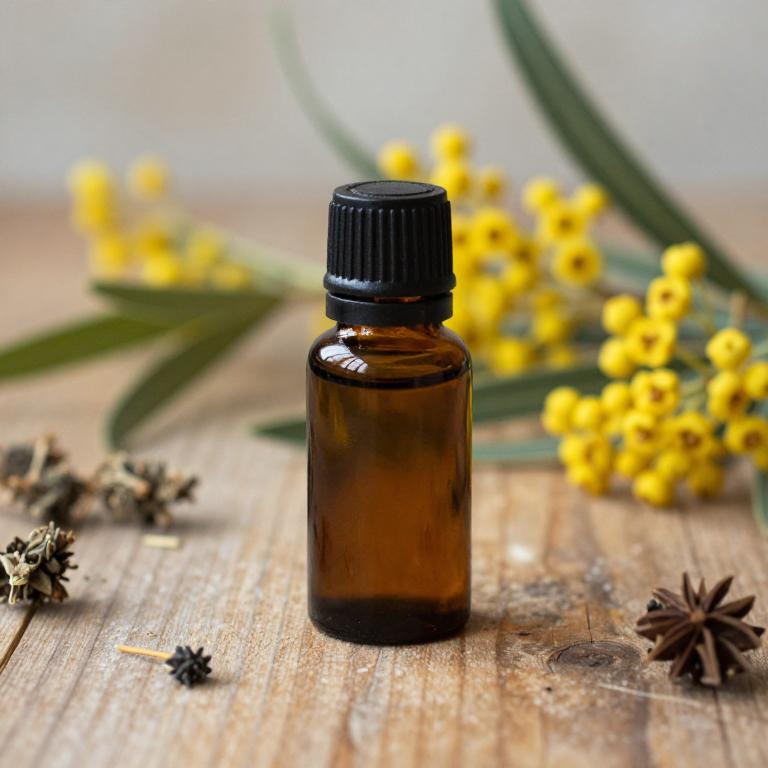
Melaleuca alternifolia, commonly known as tea tree oil, is a popular essential oil derived from the leaves of the Melaleuca alternifolia plant, native to Australia.
It is well recognized for its antimicrobial properties, particularly its effectiveness against various fungal infections such as athlete's foot, ringworm, and yeast infections. The active compounds in tea tree oil, including terpinen-4-ol, contribute to its antifungal activity by disrupting the cell membranes of fungal organisms. Due to its natural origin and broad-spectrum antimicrobial effects, it is often used as a complementary treatment in both home remedies and clinical settings.
However, it is important to dilute the oil properly before application to avoid skin irritation and to consult a healthcare professional for persistent or severe fungal infections.
3. Cinnamomum zeylanicum
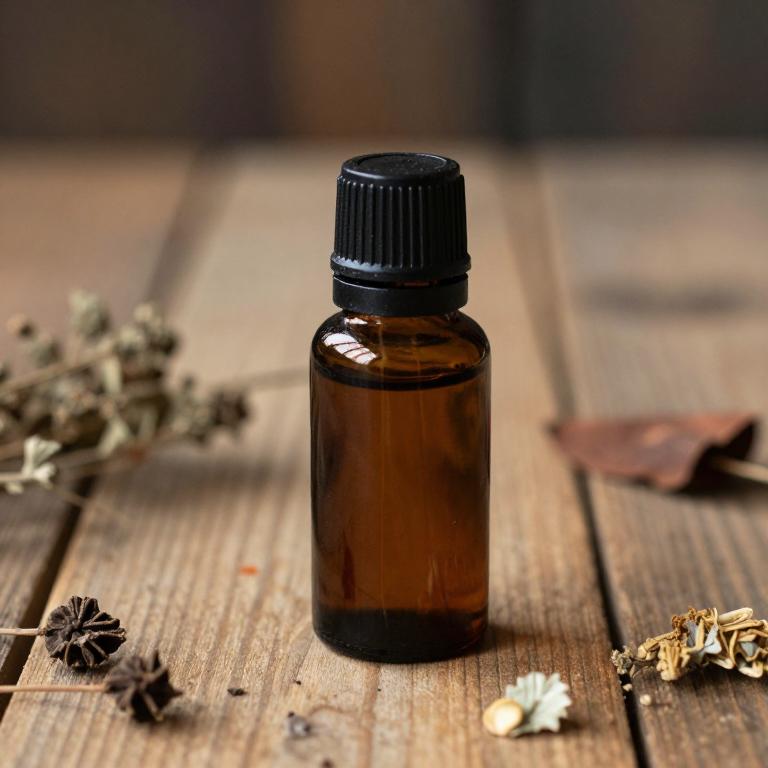
Cinnamomum zeylanicum, commonly known as cinnamon, produces a rich essential oil that has been traditionally used for its antimicrobial and antifungal properties.
The oil contains compounds such as cinnamaldehyde and eugenol, which exhibit potent activity against various fungal pathogens, including Candida and Aspergillus species. Studies have shown that cinnamon essential oil can inhibit the growth of fungi by disrupting their cell membranes and interfering with metabolic processes. It is often used in natural remedies and complementary therapies to treat fungal infections such as athlete's foot and ringworm.
Due to its effectiveness and safety profile, cinnamon essential oil is a promising alternative or adjunct to conventional antifungal treatments.
4. Lavandula angustifolia
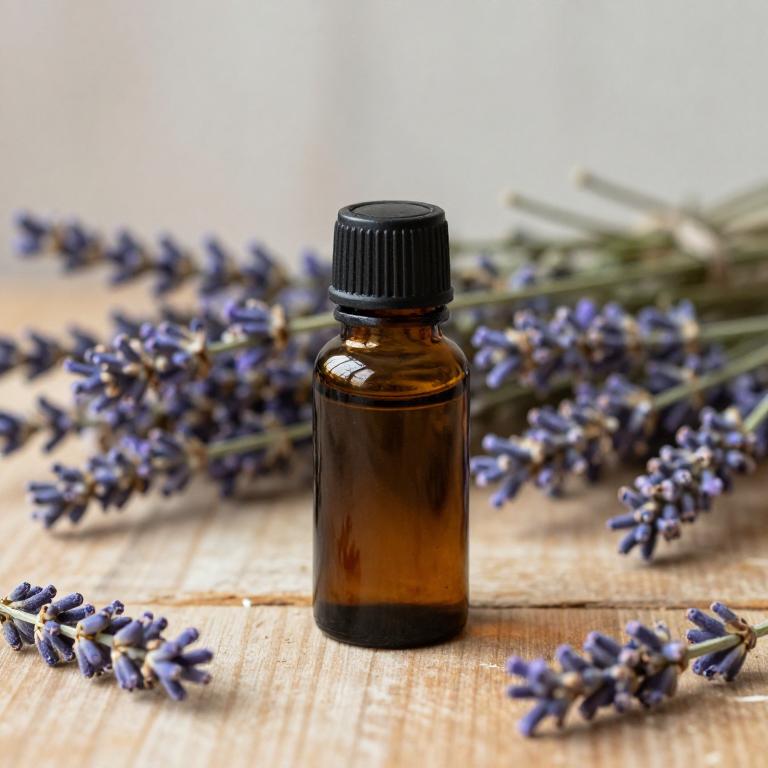
Lavandula angustifolia, commonly known as English lavender, is widely recognized for its therapeutic properties, including its potential to combat fungal infections.
The essential oil extracted from this plant contains bioactive compounds such as linalool and lavandin, which exhibit antifungal activity against various pathogenic fungi. Studies have shown that lavender essential oil can inhibit the growth of fungi like Candida albicans and Trichophyton species, making it a promising natural alternative to conventional antifungal treatments. Its antimicrobial effects are attributed to its ability to disrupt fungal cell membranes and interfere with metabolic processes.
When used in topical applications, lavender essential oil can be an effective and safe option for managing mild to moderate fungal infections, though it should be diluted properly to avoid skin irritation.
5. Thymus vulgaris

Thymus vulgaris, commonly known as thyme, is a well-regarded herb used in traditional medicine for its potent antimicrobial properties.
The essential oils extracted from thyme contain high concentrations of thymol, a powerful phenolic compound known for its strong antifungal activity. Studies have shown that thymus vulgaris essential oils can effectively inhibit the growth of various fungi, including Candida and Aspergillus species, making it a promising natural alternative for fungal infections. Its ability to disrupt fungal cell membranes and inhibit metabolic processes contributes to its efficacy.
Due to its safety profile and effectiveness, thymus vulgaris essential oils are increasingly being explored as a complementary treatment in the management of fungal infections.
6. Teucrium marum
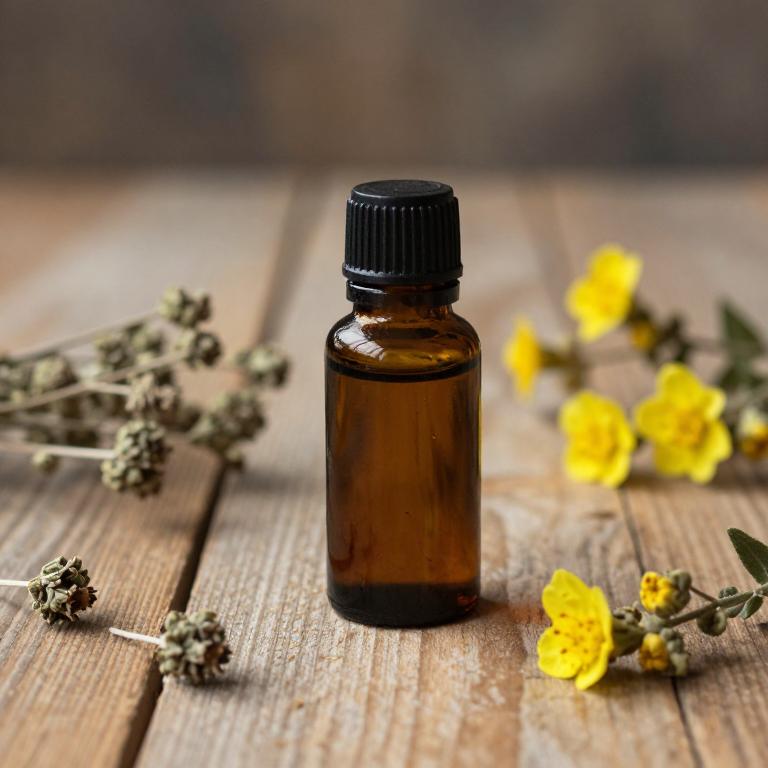
Teucrium marum, commonly known as red geranium, contains essential oils that have demonstrated potential in combating fungal infections due to their antimicrobial properties.
The essential oils derived from this plant include compounds such as thymol, linalool, and geraniol, which exhibit antifungal activity against various pathogenic fungi. These oils work by disrupting the fungal cell membrane, inhibiting spore germination, and preventing the spread of infection. Research suggests that Teucrium marum essential oils may be effective against dermatophytes and yeast infections, making them a promising natural alternative in treating fungal conditions.
When used in topical applications, these oils can provide a safe and effective complementary approach to conventional antifungal treatments.
7. Rosmarinus officinalis
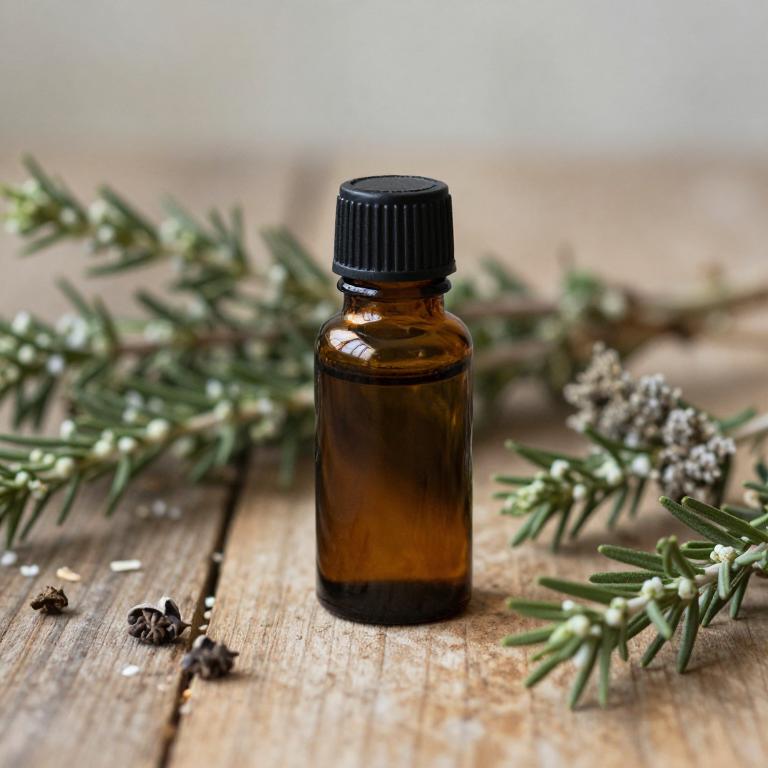
Rosmarinus officinalis, commonly known as rosemary, produces essential oils that have been studied for their antifungal properties.
These oils contain compounds such as camphor, cineole, and rosmarinic acid, which exhibit antimicrobial and antifungal effects by disrupting fungal cell membranes and inhibiting their growth. Research suggests that rosemary essential oil may be effective against various fungal pathogens, including Candida and Aspergillus species. Due to its natural origin and potential for reduced resistance development, it is considered a promising alternative to conventional antifungal treatments.
However, further clinical studies are needed to fully establish its efficacy and safety in treating fungal infections.
8. Curcuma longa
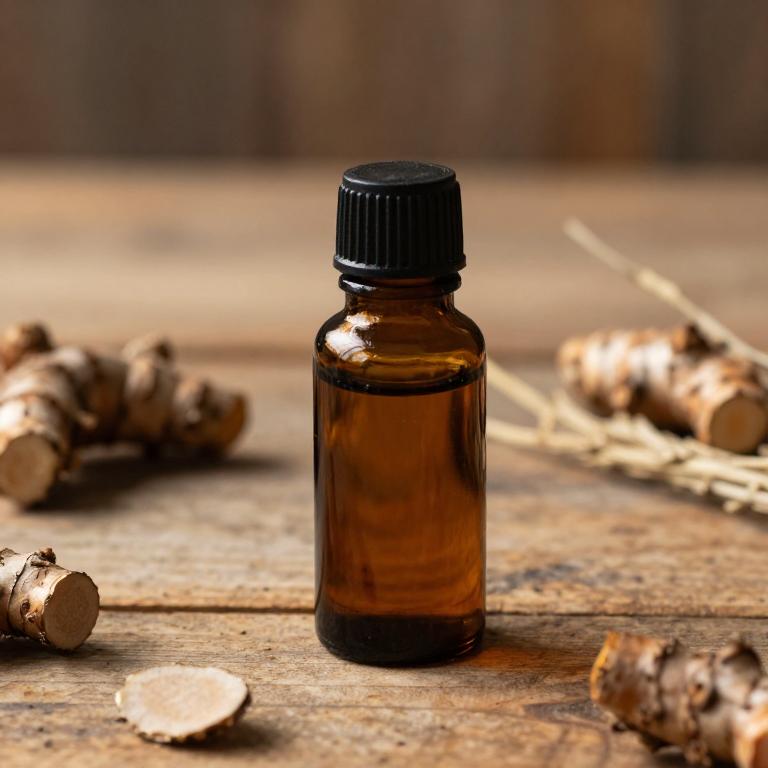
Curcuma longa, commonly known as turmeric, is widely recognized for its medicinal properties, including the presence of curcumin, which has demonstrated antifungal effects.
The essential oils extracted from Curcuma longa contain various bioactive compounds that exhibit inhibitory activity against a range of fungal pathogens. These oils have been studied for their potential use in treating fungal infections such as athlete's foot and ringworm due to their antimicrobial and anti-inflammatory properties. Research suggests that the volatile components in these essential oils may disrupt fungal cell membranes, leading to reduced fungal growth.
However, further clinical studies are needed to fully understand their efficacy and safety in therapeutic applications.
9. Satureja hortensis
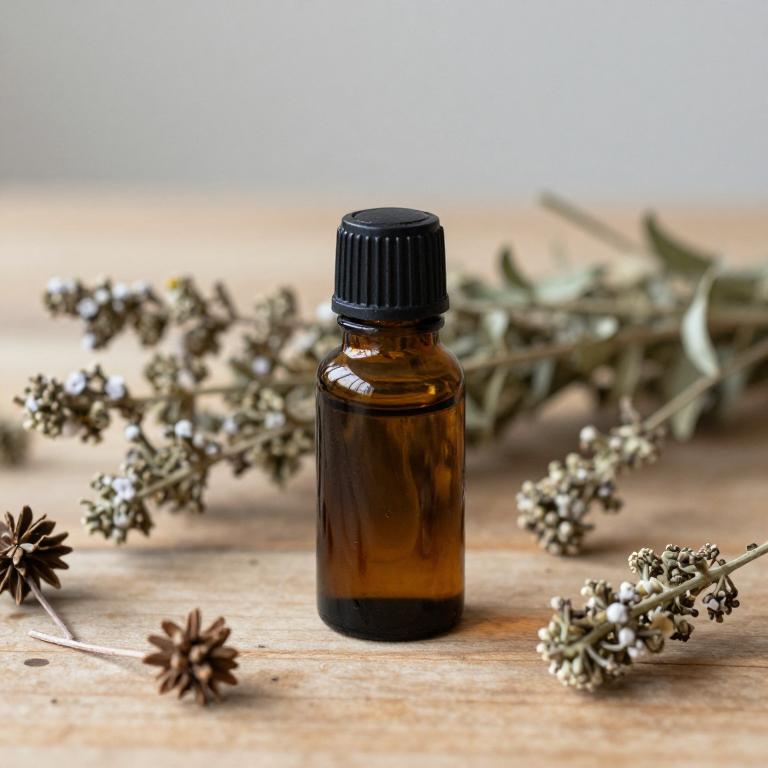
Satureja hortensis, commonly known as garden savory, produces an essential oil that has shown promising antimicrobial properties, particularly against fungal infections.
The oil contains bioactive compounds such as thymol, carvacrol, and terpinene, which exhibit strong antifungal effects by disrupting the fungal cell membrane and inhibiting spore germination. Studies have indicated its efficacy against common pathogens like Candida albicans and Aspergillus niger, making it a potential natural alternative to conventional antifungal treatments. Due to its potent yet mild nature, Satureja hortensis essential oil may be suitable for topical application in the management of mild to moderate fungal infections.
However, further clinical research is needed to fully establish its safety and effectiveness in human use.
10. Zingiber officinale

Zingiber officinale, commonly known as ginger, contains essential oils that have shown potential in combating fungal infections due to their antimicrobial and anti-inflammatory properties.
The essential oils derived from ginger, particularly those rich in compounds like gingerol and zingiberene, exhibit antifungal activity against various pathogens, including Candida and dermatophytes. These oils work by disrupting the fungal cell membrane, inhibiting their growth and proliferation. Research suggests that incorporating zingiber officinale essential oils into topical treatments may offer a natural alternative for managing mild to moderate fungal infections.
However, further clinical studies are needed to fully understand their efficacy and safety in therapeutic applications.